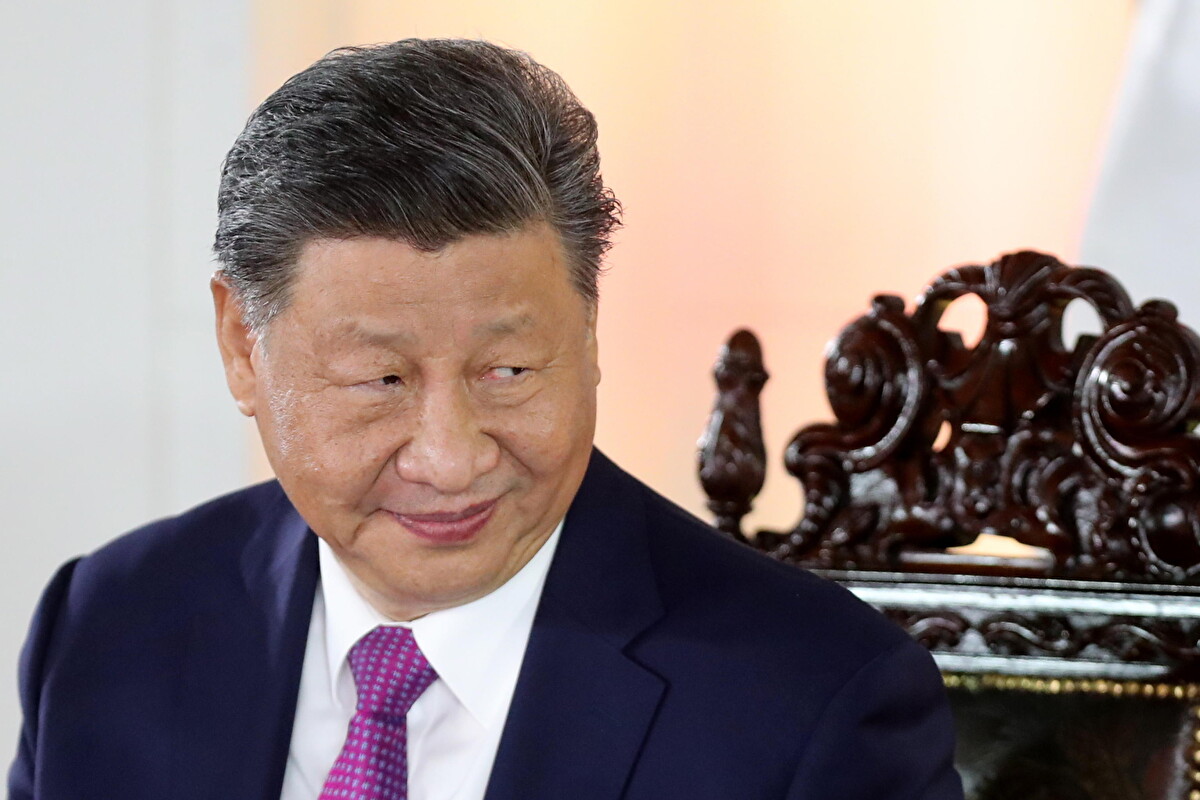Transportation officials in Manhattan are proposing significant changes to a nearly three-mile stretch of Second Avenue, aimed at improving commuting efficiency and road safety. The redesign, still in its finalization stage, would introduce a 24/7 bus lane, expand the bike lane, and implement various safety measures.
Ydanis Rodriguez, Commissioner of the city Department of Transportation, highlighted the benefits of the proposed changes. He noted that the redesign aims to expedite commutes for the 57,000 daily bus riders, enhance safety for cyclists, and improve overall road safety.
Key features of the plan include widening parts of the protected bike lane to 10 feet from the current 6 feet, and relocating the dedicated bus lane away from the curbside to improve bus travel times. Additionally, the bus lane would operate throughout the day instead of just during rush hours.
Second Avenue, a bustling corridor for both buses and bikes, has long been plagued by traffic congestion, particularly between the 59th Street Bridge and the Midtown Tunnel. Sandra McKee, chair of Manhattan’s Community Board 6, expressed support for the proposed changes, emphasizing the need to address congestion and traffic issues.
While cost estimates are still pending, the project is expected to be funded within the existing budget allocation of the Department of Transportation. Detailed plans will be presented to the community board for feedback, with implementation slated to begin this year.
Former DOT official Jonathan Orcutt praised the proposed offset bus lane, noting its potential to alleviate congestion and improve bus travel times. The redesign addresses concerns about illegal parking in pedestrian islands by replacing painted islands with concrete structures.
The Metropolitan Transportation Authority (MTA) welcomed the redesign, particularly applauding the offset bus lane. Richard Davey, President of New York City Transit, highlighted the benefits of shorter wait times and faster service for bus riders.
The proposed wider bike lanes were also met with approval, particularly considering the growing popularity of micromobility devices such as e-bikes and e-scooters. Orcutt expressed optimism about enhancing existing infrastructure to accommodate increased demand while addressing enforcement challenges.











